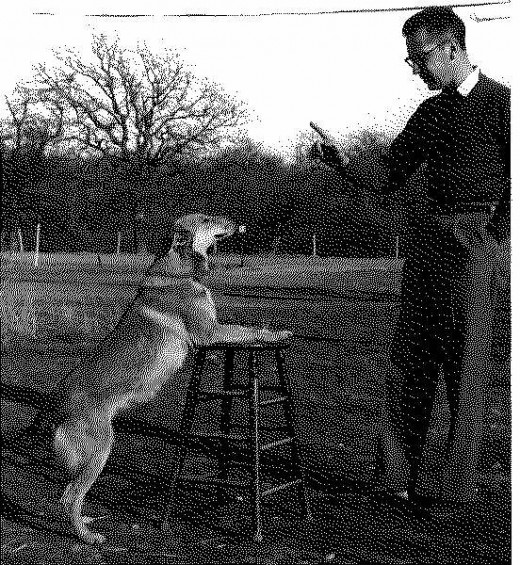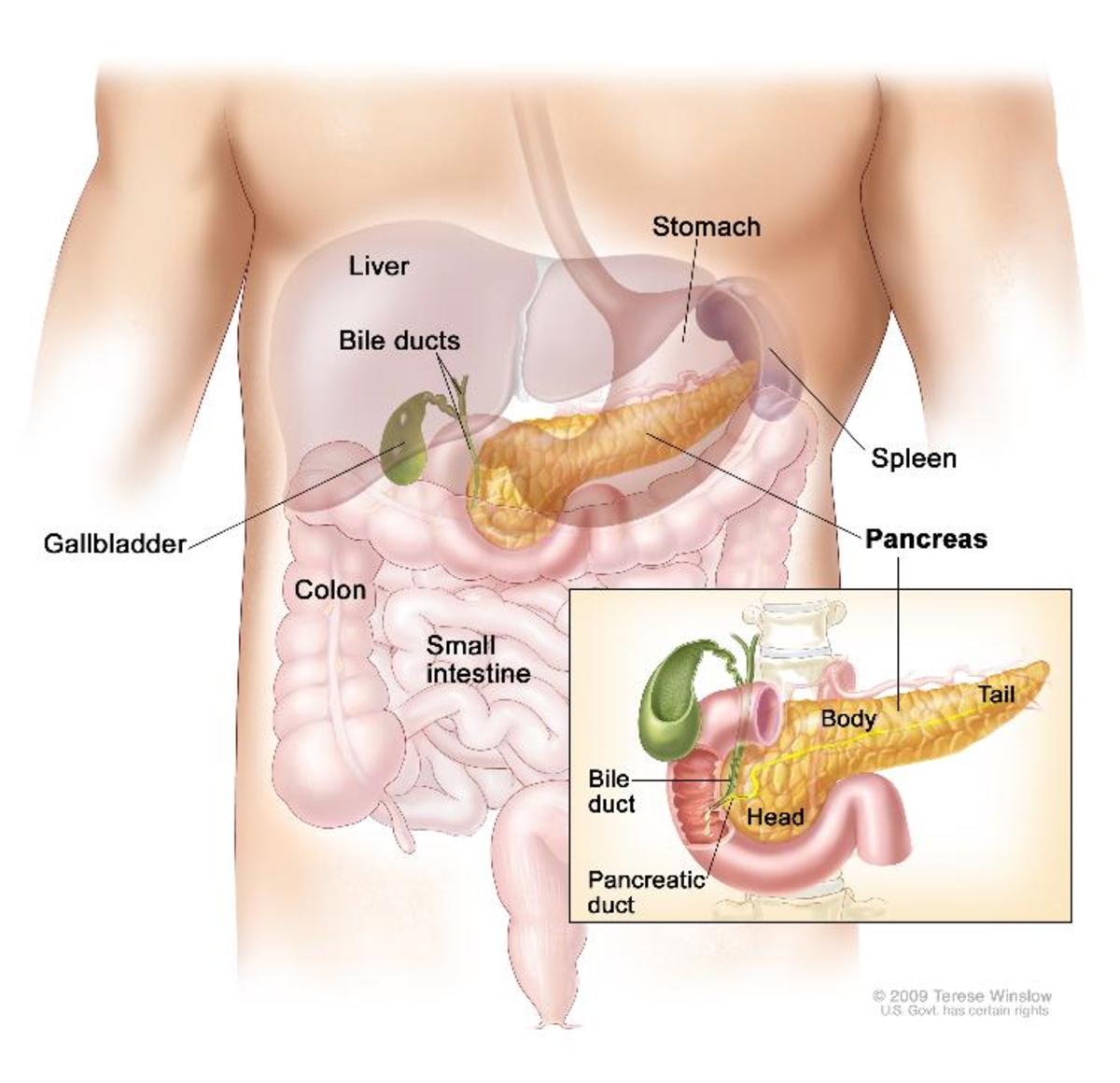Advice On Diabetic Dogs
My Father's Good Dog, McTavish Had Diabetes

McTavish Was A Hero Dog!
- McTavish: A Real-Life Dog Hero - Associated Content from Yahoo! - associatedcontent.com
This is the true story of the dog I grew up with. She was heroic in spectacular action and quiet devotion.
Dogs can get diabetes just as people can. It is a very serious disease of the endocrine system that results in an excess of glucose in the blood. For the most part, dogs get Type II diabetes or diabetes mellitus. This is the acquired, insulin-dependent type of diabetes as opposed to diabetes insipidus or juvenile onset diabetes. This is usually caused by an insulin deficiency. Insulin is very important in metabolizing sugar. Early detection of diabetes in dogs is key to treatment.
Usually, diabetes mellitus begins in dogs between the ages of five to seven years. Female dogs are more likely to develop diabetes than males. Female dogs that are not spayed are even more likely to develop diabetes because of the hormone fluctuations inherent in retaining reproductive ability.
If diabetes in dogs goes untreated, cataracts and urinary tract infections will result. For this reason, it is very important to watch for symptoms and take your dog for blood testing if symptoms are noticed. This is a simple test that should also be conducted routinely at your dog’s annual physical examination.
Symptoms of diabetes in dogs typically include:
- Unexplained weight gain or loss,
- Frequent and urgent urination,
- Lethargy and fatigue,
- Excessive thirst.
Fortunately, diabetes in dogs is fully treatable, so there is no reason to allow a diagnosis of diabetes to throw you into a state of panic or despair. The first thing you must do when diabetes is diagnosed is to work on normalizing your dog’s glucose levels. The care for a dog with diabetes is similar to that for any family member with diabetes:
- Insulin injections must be administered,
- Glucose levels must be monitored,
- Insulin levels must be adjusted.
Giving injections of insulin is really very simple, and people who do it say that it soon becomes a matter of course. Glucose levels are measured using urine test strips daily. Becoming accustomed to doing this may take a little time.
While it may seem quite daunting to take care of all these medical needs, your vet will provide you with test kits and give you complete instructions regarding injections, glucose testing and understanding the readings on the test strips. S/he will help you understand when to increase or decrease the insulin levels and help you create a schedule to follow for accurate and standardized results. Periodically, you will want to take your dog to the vet for an all-day stay so that the vet can monitor your dog’s blood sugar levels. The records you keep will be a valuable resource for your vet.
You should not be the only person in the household capable of giving your dog an injection. Be sure that other adult family members are capable of medicating your dog with diabetes. Prepare a sheet of instructions and keep a notebook or folder regarding your dog’s health care. Keep this in a handy place so that it can be referred to easily. Keep all records pertaining to your dog’s care in this notebook or folder. Keep good records of glucose readings and the adjustments you make, along with your dog’s eating habits and general demeanor. Contact information for your vet should be kept in this folder in case of the rare diabetes induced seizure, problems with injections, accidental insulin overdose or other concerns or problems that may arise.
You may need to change your dog’s diet since processed commercial pet foods can cause and exacerbate diabetes in dogs. They contain high levels of simple carbohydrates, which metabolize as sugar. Some even contain such odious ingredients as high fructose corn syrup, which has been proven to cause diabetes, among other health problems, in humans.
Be sure to feed your dog a diet that is high in protein and fiber and low in carbohydrates and fats. Meat is a good thing to feed your dog! Be sure to feed your dog on a regular schedule to keep sugar and insulin levels stable. You can feed a third of your dog’s daily intake of food about half an hour before giving the daily injection. Give the rest eight to ten hours later. Avoid snacks or adjust for them by reducing the amount of food given, but it is really best to simply stick to meal times to keep blood sugar levels stable and maintain proper body weight.
Caring for dogs with diabetes can be challenging, but with patience and understanding you will soon master all the skills necessary to enjoy many more happy years with your pet.
Copyright:SuzanneBennett:11/4/11


![Special Health Attention Pet ID Dog Tag with Personalized Custom Pet Tag with Pets Name & Contact Number [Multiple Font Choices] [USA COMPANY] [Multiple Conditions] (Diabetes)](https://m.media-amazon.com/images/I/51PzirEpwUL._SL160_.jpg)







